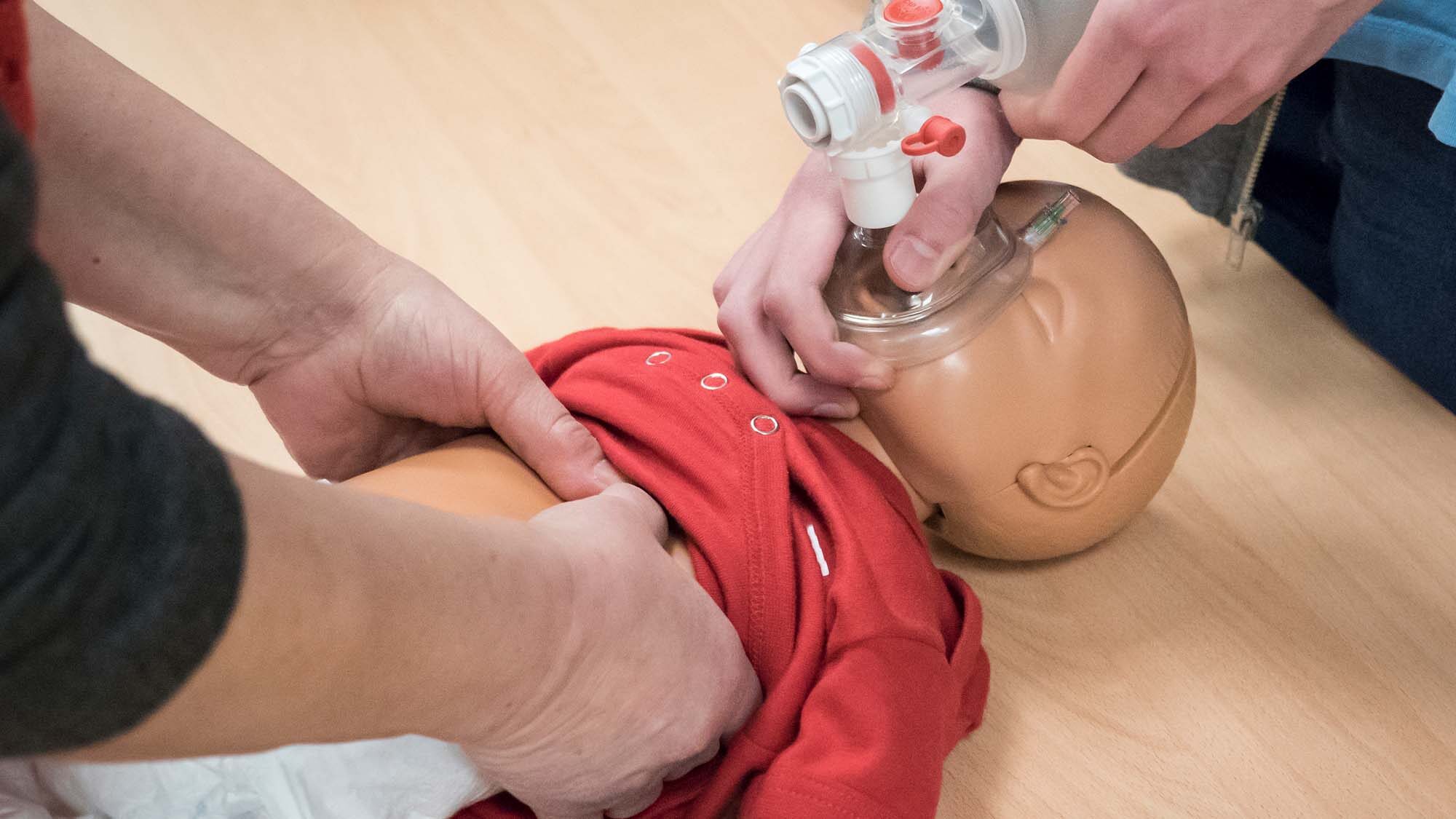Essay by: ISP056
Can we say that compassion is the mother of invention? Human beings have been blessed with the gift of great compassion. This compassion has led to many discoveries throughout the history of mankind. One such invention, the fireplace billows, found its calling, not just in stoking a fire, but in forcing air back into the lungs of a person who had stopped breathing in 1530 (AHA, 2013). This paved the way to the development of life-saving techniques for the victims of cardiopulmonary arrest.
Compassion continued and, in 1740, the Academy of Sciences began recommending mouth-to-mouth resuscitation for drowning victims, and in 1891, chest compressions were recommended for implementation with rescue breathing. By 1960, the American Heart Association began a program that combined mouth-to-mouth resuscitation with chest compressions; cardiopulmonary resuscitation (AHA, 2013).
In 2008, following three major compression-only studies, a new twist on compassion began. The studies found that compression-only CPR, without rescue breathing, encouraged bystanders to respond, generated a quicker response times in initiating CPR, and increased the quality of chest compressions. Because these factors are essential in increasing survival rates for victims, the American Heart Association revised its recommendation to encourage bystanders to perform compression-only CPR. However, due to the oxygen degradation associated with compression-only CPR, two rescue breaths are recommended after 100 consecutive compressions to improve survival rates. Therefore, healthcare providers, as well as trained bystanders, are instructed to administer two rescue breaths after every 30 chest compressions (Abella, 2008).
Human history is filled with discoveries fueled by great compassion. As lifesaving techniques are studied over time, changes are periodically implemented in order to improve survival rates of victims of cardiopulmonary arrest. The American Heart Association’s recommendations have provided the tools to help save lives, and will continue to do so until the next compassionate invention takes shape.
References
American Heart Association, (2013, January 23). History of CPR. Retrieved July 18, 2013, from Reference Link
Abella BS, (2008) “Reducing barriers for implementation of bystander-initiated cardiopulmonary resuscitation: a scientific statement from the American Heart Association for healthcare providers, policymakers, and community leaders regarding the effectiveness of cardiopulmonary resuscitation. Circulation. 117: 704–709. Retrieved July 18, 2013, from Reference Link









